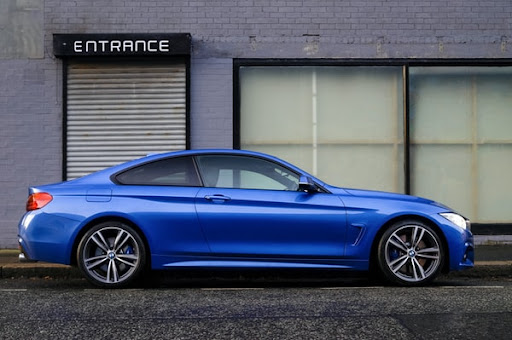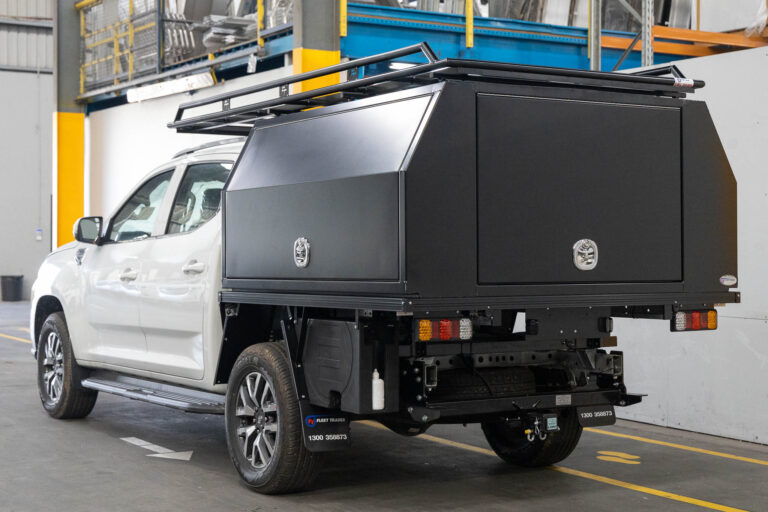
Car insurance is essential. In Australia, car insurance is required for all individuals who drive a motor vehicle. But what are these types of car insurance? Keep reading to learn more about each type of insurance and how it can protect you in Australia.
What is car insurance?
Car insurance is a type of insurance that covers the costs of repairing or replacing a car if it is damaged or destroyed in an accident. Car insurance is typically required by law in most countries, and it can be purchased from private insurers or government-run agencies. There are various types of car insurance available, and each type typically provides different levels of coverage. An example of a kind of car insurance is collision insurance. Collision insurance covers the costs of repairing or replacing a car damaged in an accident.
In Australia, you can easily compare policies and companies using the iselect compare car insurance tool. iselect is a website that compares car insurance policies from different providers in Australia. It allows you to enter your personal information, such as your age, the make and model of your car, and your current level of cover, to find policies that suit your needs.
What are the types of car insurance in Australia?
There are a few different types of car insurance in Australia. The most common are comprehensive and third-party property damage.
Comprehensive car insurance covers your car for damage or loss, regardless of who is at fault. This includes damage to your vehicle, other people’s cars, and property damage. It also covers you for personal injury and death. Third-party property damage car insurance covers the damage to other people’s cars and property.
If you’re in an accident and your car is damaged, your car insurance policy will typically cover the damage. However, if you damage someone else’s car or property, your third-party property damage car insurance will kick in and cover the costs. This type of policy does not protect your vehicle, so it’s essential to have your car insurance policy in place in case of an accident. Third-party property damage car insurance is an excellent option for those who don’t have a lot of money to spare.
There are also a few other, less common types of car insurance, such as fire, theft, and accident cover. Fire car insurance is insurance that covers your car if it is damaged by a fire. Not all insurance companies offer fire car insurance. So, you will need to check with your insurance company to see if they offer this coverage. Theft car insurance is a type of insurance that covers your vehicle if it is stolen. This type of insurance can help you recover the costs associated with the theft of your vehicle, including the cost of repairing or replacing your vehicle. Theft car insurance can also help to protect you from liability if someone steals your vehicle and then causes damage or injuries.
Accident cover car insurance will cover you if you are in an accident. Accident cover insurance can help protect you financially if you are involved in an accident, and it can help ensure that you can get the medical care you need. It’s essential to compare different car insurance policies to find the one that’s right for you. Make sure you read the terms and conditions carefully to know what is and isn’t covered.
How can you reduce the cost of your car insurance?
Australian car insurance is required by law and is regulated state-by-state. To legally drive in Australia, motorists must have compulsory third-party (CTP) insurance. You can reduce the cost of your car insurance premiums by choosing a higher excess. This is the amount you pay out of pocket if you make a claim. A higher excess can reduce car insurance premiums by as much as 25%. This is because you agree to take on a more significant portion of the risk if you have an accident. You can choose an excess of anywhere from $100 to $1,000.
Remember that you will need to pay this amount if you make a claim. So, if you choose a high excess, you should be prepared to pay out of pocket if you have an accident. Another thing to consider is that you may not be able to claim back the entire amount if you have a minor accident. For example, if you have a $500 excess and your car is written off in an accident, you may only be able to claim back $400.

Your go-to source for the latest in tech, finance, health, and entertainment, with a knack for distilling complex topics into accessible insights, We deliver timely updates on the ever-evolving landscapes of technology, finance, health, and entertainment






